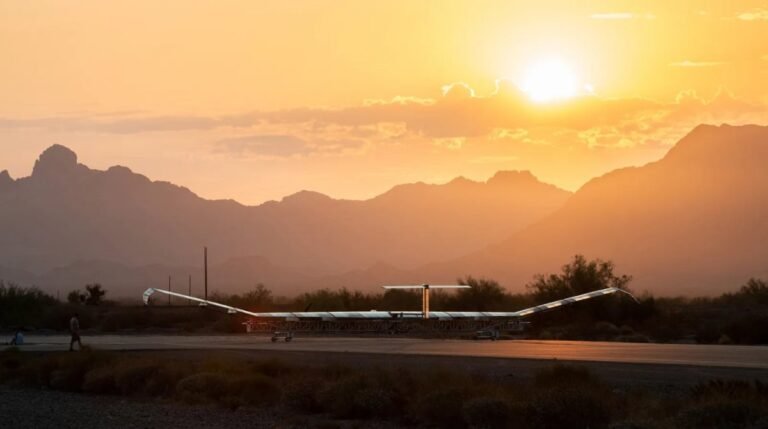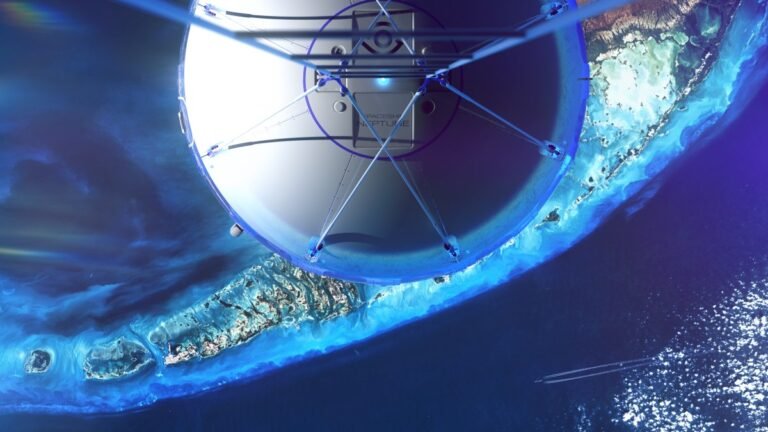
Where Loon relied on balloons, however, the newer project utilizes Zephyr solar-powered drones.
“[Loon] got really good customer engagement,” AALTO CEO Samer Halawi told TechCrunch in a sit-down interview last week at Mobile World Congress.
Airbus acquired the technology for the fixed-wing drones from U.K. Ministry of Defence and Space spinoff QinetiQ in 2022.
Every six months or so, the system will land for a battery swap, as these still have a limited shelf life.
Like Loon before it, the company is also exploring temporary deployment for downed cell towers following natural disasters.

The husband-and-wife duo departed World View in 2018; the following year, they started another balloon company, Space Perspective, this time squarely focused on ultra-high-altitude tourism.
Space Perspective, which aims to commence commercial service as soon as the end of this year, is entering a nascent market: its closest competitors are Virgin Galactic and Blue Origin, which offer rides to suborbital space.
There’s duration: a flight on New Shepard takes 11 minutes from lift-off to landing; Space Perspective’s will last six hours.
Simultaneously, Space Perspective is working with the U.S. Coast Guard, which maintains regulatory authority over space-related activities that occur in water.
One notable difference is development costs: Space Perspective has raised $77 million from investors since 2019, while Virgin Galactic has spent more than $1 billion developing its system.





